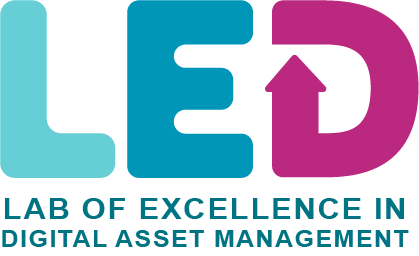DAM Creative Best Student Work Award
Students in GCM 460 Asset Management in Graphics Communication were introduced to the foundation of digital asset management in graphic communications. Students were encouraged to employ their knowledge throughout the semester through the DAM creative assignment, where students select a sub-topic related to the course and re-introduce it through a creative medium. DAM experts selected the best student work and winners are announced during the Annual Canada DAM Symposium. To view the full showcase of the students' work please visit GCM 460 DAM Creative Showcase
2025 Winners
Future in DAM
By: Max Berardi
The Importance of UX in DAM Systems
By: Taahir Shafee
2024 Winners
AI and Machine Learning
By: Sarah Hobbs
Building a Governance Plan
By: Bea Trono
How DAM Supports SEO
By: Jamsine Dawdy
2023 Winners
Governance in DAM
By: Amanda Oliveira
The Future of DAM in the Metaverse
By: Christopher Leinward
Digital Asset Management for Games
By: Louisa Leung
Equity, Diversity, & Inclusion in Metadata
By: Lyara Malvar
How to Measure DAM Success
By: Nicole Galindo
2022 Winners
METADATA
By: Nathan Evangelista
Card Creative
By: Sarah Zahavi
Video Asset Management
By: Allison Mackenzie
2021 Winners
DAM4DUMMIES:
Educational Flashcards
By: Jose Figueroa Ortiz
The World of METADATA
By: Madeline Finlay
















